对于许多企业家来说,付款过程感觉像是对耐心的终极考验。正当你以为自己终于解开了这一切的时候,另一层复杂的情况却出现了,提醒你一帆风顺仍然是一个遥远的梦想。

你也有同感吗? Lemon Squeezy 是您的阿司匹林!
这种神奇的支付药水简化了一切,因此您可以抛弃支付的麻烦,专注于有趣的事情。不再需要编码扭曲。这就像您的团队中有一只支付独角兽。
好吧,想象一下运行您的 SaaS 业务,不需要税务合规方面的博士学位,也不需要源源不断的阿司匹林来解决付款问题。 LemonSqueezy 简化了一切,从支付和订阅到全球税务合规和欺诈预防。
此外,它还为您提供多货币支持和可容纳各种数字产品的店面。这就像拥有一个精通技术的业务合作伙伴来处理所有无聊的事情,这样您就可以专注于您最擅长的事情 - 创造!非常适合数字创作者、企业家以及任何喜欢点击按钮而不是编码解决方案的人。
在我们深入讨论之前,我只想说,您可以在我的 GitHub 存储库中找到完整的代码,并在我的 Instagram 上观看演示。现在,关于 GitHub 上的这个项目,它有两种付款方式:一是经典的一次性付款;二是传统的一次性付款。第二,时下流行的订阅模式。
但对于本教程,我们将全力以赴一次性付款。哦,对于我的例子,我使用每月房屋清洁服务作为案例研究。这可能听起来有点荒谬,但是嘿,这都是我们编码练习的一部分! ?
为了开始,您应该在 Lemon Squeezy 中创建一个商店以及一些产品和变体。
确保您已开启测试模式。发布商店后,它将关闭;检查左下角。
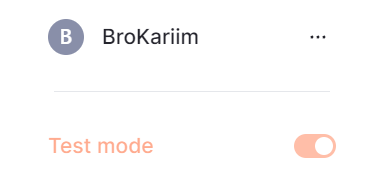
这是我的产品的样子

接下来,让我们在 https://app.lemonsqueezy.com/settings/api 生成一个 API 密钥来连接到我们的商店:
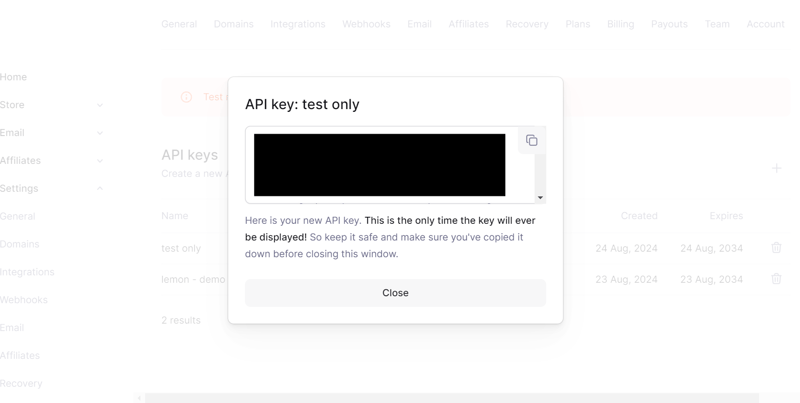
将其作为环境变量添加到您的 Next.js 项目中:
LEMONSQUEEZY_API_KEY="[YOUR API KEY]"
接下来,创建一个API路由来处理支付过程,在这部分,我们想要的最终结果是获得一个checkoutUrl,稍后我们将其传递到前端部分。
export const dynamic = "force-dynamic";
export async function POST(req: NextRequest) {
try {
const reqData = await req.json();
if (!reqData.productId) {
console.error("Product ID is missing");
return NextResponse.json({ message: "Product ID is required" }, { status: 400 });
}
const response = await lemonSqueezyApiInstance.post("/checkouts", {
data: {
type: "checkouts",
attributes: {
checkout_data: {
custom: {
user_id: "123",
},
},
},
relationships: {
store: {
data: {
type: "stores",
id: process.env.LEMON_SQUEEZY_STORE_ID?.toString(),
},
},
variant: {
data: {
type: "variants",
id: reqData.productId.toString(),
},
},
},
},
});
const checkoutUrl = response.data.data.attributes.url;
console.log(response.data);
return NextResponse.json({ checkoutUrl });
} catch (error) {
console.error("Error in POST /api/lemonsqueezy:", error);
return NextResponse.json({ message: "An error occured" }, { status: 500 });
}
}
这是此代码的简单解释:
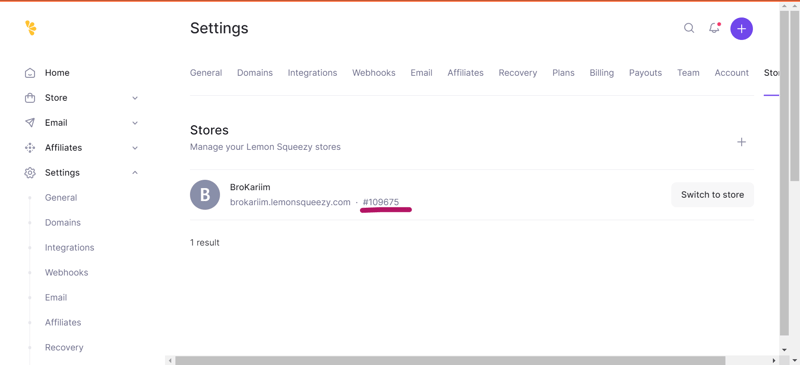
const checkoutUrl = response.data.data.attributes.url;
返回 NextResponse.json({ checkoutUrl });
为了确保我们的 API 正常工作,我们需要对其进行测试。我为此使用了一个名为 Postman 的工具。在开始之前,我们需要产品的variantId,您可以在LemonSqueezy 仪表板中找到它。

如果一切正常,您应该会收到包含 checkoutUrl 的响应

Now that we've laid the groundwork, our next step is time to make the frontend look good, I am a huge fan of TailwindCSS so i make the pricing card with them
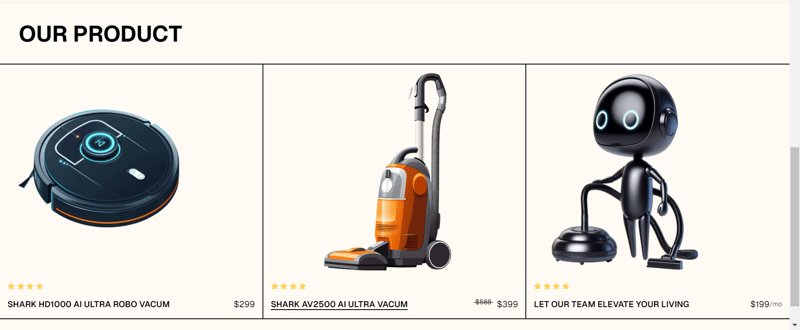
the code is availale here
Next lets set up an async function that calls the API route we just created. The function will send a POST request with the productId and, in return, get the checkout URL. Once you have the URL, open it in a new tab to send the user to the payment page.
const buyProcut1 = async () => {
try {
const response = await axios.post("../api/lemonsqueezy", {
productId: "495244",
});
console.log(response.data);
window.open(response.data.checkoutUrl, "_blank");
} catch (error) {
console.error(error);
alert("Failed to buy product #1");
}
};
That code is about
Last but not least, we're setting up webhooks to keep track of orders. Head back to your LemonSqueezy dashboard and set up a webhook.
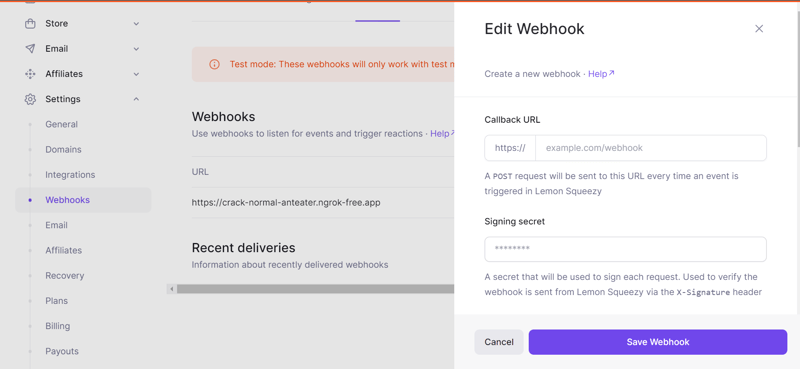
For the URL, you’ll need something publicly accessible, which is tricky during local development. This is where ngrok comes in handy.
ngrok will give you a temporary public URL that forwards to your local machine, You can check this link to setup ngrok in your device :
https://dashboard.ngrok.com/get-started/setup/
Just like before, the code to handle the webhook is already done for you. All you need to do is set it up in your route handler and enjoy the sweet
Let's stay in touch on Instagram, Twitter, and GitHub—where the real magic happens.
Thanks for sticking around! ?

以上是使用 Lemon Squeezy 轻松付款 | Next.js 集成变得简单的详细内容。更多信息请关注PHP中文网其他相关文章!




